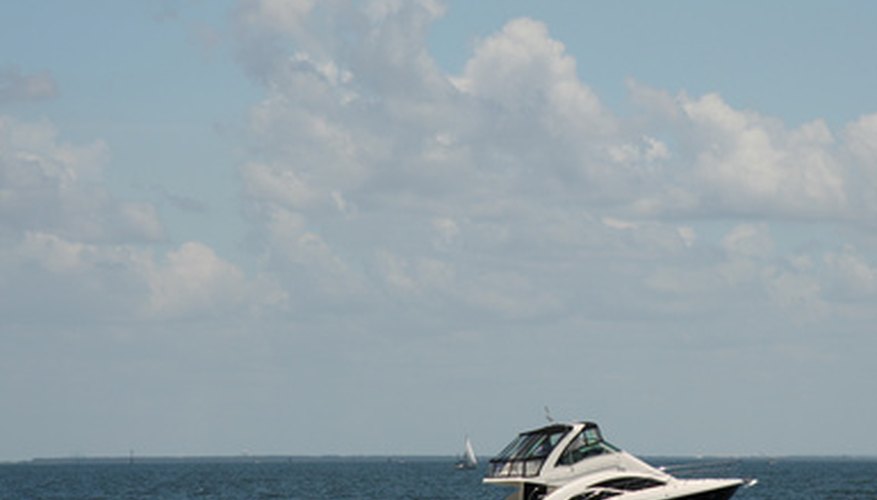Engine rotation is determined by standing at the front of the engine and observing which way the flywheel spins. Most automobile engines spin to the right (clockwise), but a few do spin in the opposite direction, which is counterclockwise or anticlockwise. However, since the flywheel is not usually visible, other means might be necessary to determine direction of spin.
Honda
Engines with reverse or counterclockwise rotation are rather rare in the automobile world. There is no scientific reason why a clockwise-rotating engine has become the norm. Most likely, this occurrence is just a result of standard convention. In regard to the use of a reverse-rotation engine, the main user is Honda. For many years, this Japanese car manufacturer has made a four-cylinder, reverse-rotation engine that was installed in the rear of their smaller vehicles. Beginning in 2000, Honda began to produce clockwise engines designed to replace the older ones, and by 2005, all American-made Honda engines were spinning in a clockwise direction.
- Engines with reverse or counterclockwise rotation are rather rare in the automobile world.
- There is no scientific reason why a clockwise-rotating engine has become the norm.
Overall, there is no difference in the performance of the two engines. However, if you have to replace an engine, you cannot replace a counterclockwise version with a clockwise one, or vice-versa, unless you also change the transmission at the same time.
Corvair
Use of a reverse-rotation engine is even rarer among American car manufacturers than it is among the Japanese. However, in the U.S., one Chevrolet engine from the 1960s, called the "flat six", was made to spin in a counterclockwise direction. The model of vehicle was the Corvair, which was in production from 1960 to 1969. The engine was unique for American cars, for not only did it have a counterclockwise rotation, but the "flat six" was made from cast aluminium, had an air-cooled system and was mounted in the rear of the vehicle. With these unusual characteristics, the engine had more in common with a Volkswagen, Porsche or Lycoming aircraft than it did with other American vehicles.
- Use of a reverse-rotation engine is even rarer among American car manufacturers than it is among the Japanese.
- The engine was unique for American cars, for not only did it have a counterclockwise rotation, but the "flat six" was made from cast aluminium, had an air-cooled system and was mounted in the rear of the vehicle.
The Corvair "flat six" could deliver as much as 140 horsepower and was one of the first engines to be turbocharged. As a result, the engine has frequently been used to power dune buggies and sports cars.
Twin Engines
Twin engines are rare in automobiles and even when present, they do not usually necessitate the use of a reverse-rotation engine. However, when used side-by-side in vehicles such as power boats, aeroplanes or military vehicles, such as tanks, twin engines are made in equal sizes and rotate in opposite directions. In these cases, the opposing rotational spin becomes a balancing factor, which allows the vehicle to be driven forward with equal thrust and torque on each side.
